
What's a mini LED TV?
A more precise version of local dimming
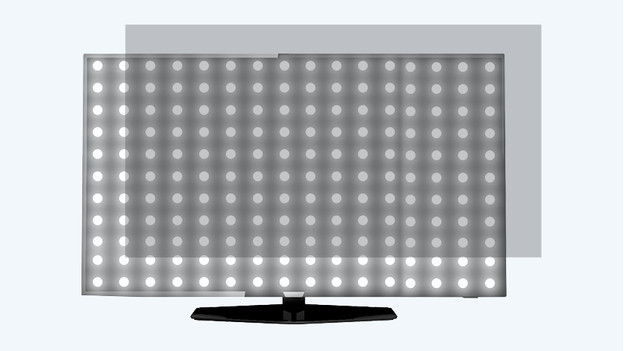
A mini LED television is a television with a very precise version of local dimming. Thousands of tiny LED lights light up the screen of a mini LED TV. These tiny lights are controlled individually. Each light dims or lights up individually. These lights switch off completely in dark parts of the image. This way, there's a big difference between light and dark parts on the screen of a mini LED television. This means that the mini LED TV displays a powerful contrast.
The advantages of mini LED
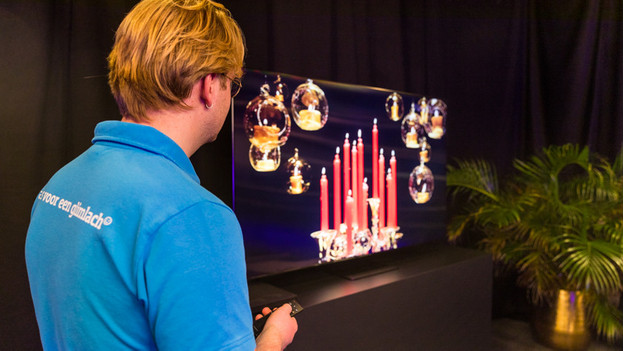
Compared to other types of local dimming, mini LED is the best. Mini LED consists of small lights that dim individually. Other local dimming types have dimmable zones behind the screen. Thanks to the precise control of the backlight, mini LED TVs display a powerful contrast. As a result, dark parts of the screen are truly dark and bright parts are very bright. This means that there's a lot of space in between for different colors. So the color gamut of HDR images stands out with mini LED TVs. In addition, mini LED TVs don't see as much blooming. This means that you don't see a glow around bright objects very clearly, such as a bright moon against a dark sky.
Other types of local dimming
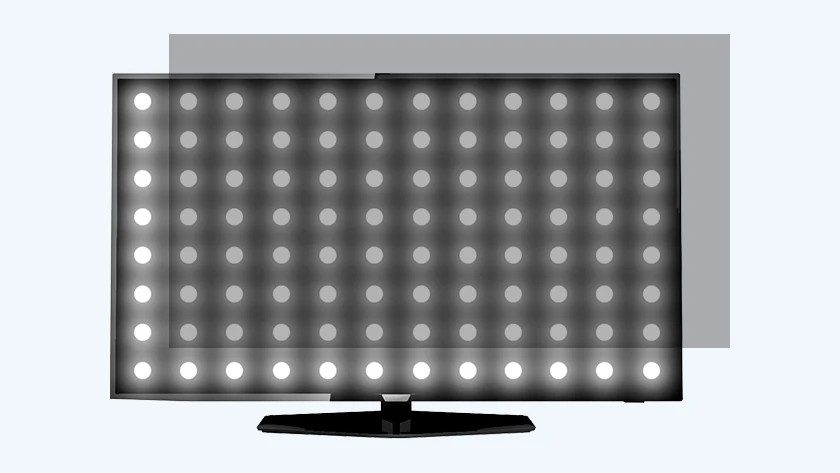
Full array
Full Array can be compared with mini LED, but the lights aren't as small. The hundreds of lights can dim individually, so dark parts of the image are extra dark. This image technology takes up more space than other types, so these televisions are usually a bit thicker.
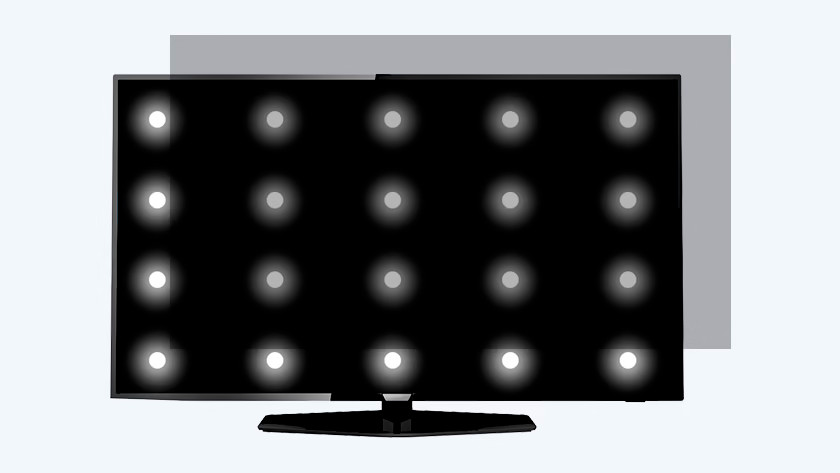
Backlit
This technology is basically the same as mini LED, but with far fewer lights. Instead of thousands of lights that light up individually, this backlit technology uses 4 to 12 zones. These zones dim and light up individually. A backlit television detects it when the biggest part of the screen is dark and then dims the lights. A starry sky is truly dark as a result, but the stars are also less bright.
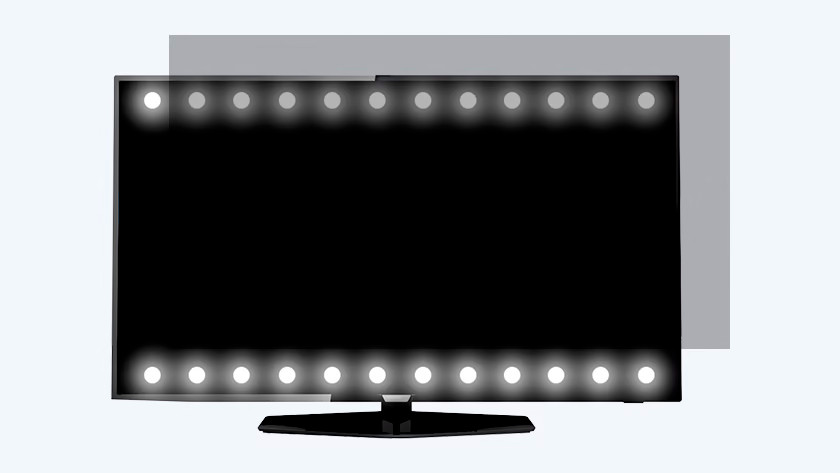
Edge lit
The edge-lit technology is completely different from Mini-LED. With this technology, the lights are located at the edges of the screen to keep the screens slim. A big disadvantage of this technology is that the lights have to light up very brightly to illuminate the center of the screen. You'll see distortions on the screen as a result, such as light spots on the sides of the screen.
Mini LED with Samsung Neo QLED TVs
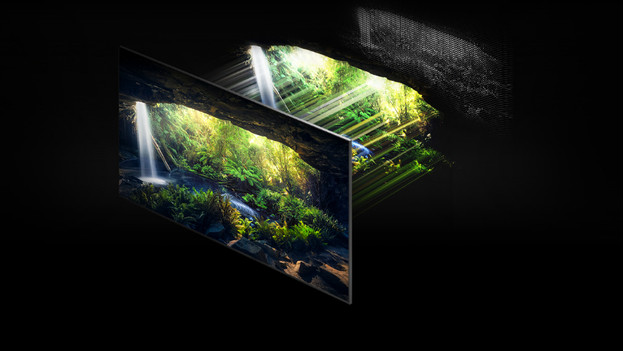
Samsung mini LED televisions are called Neo QLED TVs. This technology combines the powerful contrast of mini LED TVs with the color volume of QLED. Tiny particles in the screen ensure a better light distribution. As a result, the TV has a high brightness and colors are displayed clearly and brightly. Combined with the mini LED technology, this ensures a very precise display of contrast and colors. So images look lifelike and detailed as a result.
Mini LED with LG QNED TVs
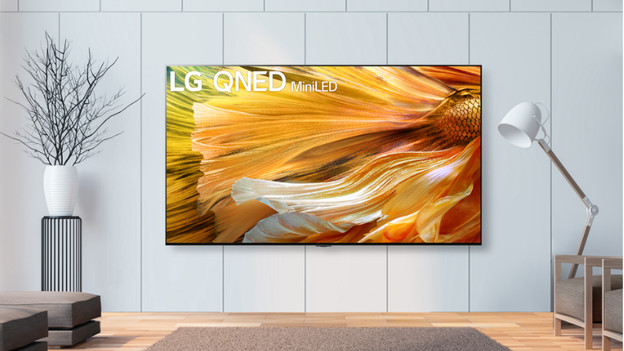
LG also develops televisions with mini LED backlight. These TVs are called QNED televisions. QNED screens combine the advantages of mini LED with the color representation of the NanoCell technology. Just like QLED by Samsung, the LG NanoCell technology uses tiny particles in the screen. These particles filter light and block unnecessary light waves, and colors look pure and bright as a result. This accurate display of colors and the high contrast of mini LED ensure a wide color gamut and lifelike images.


